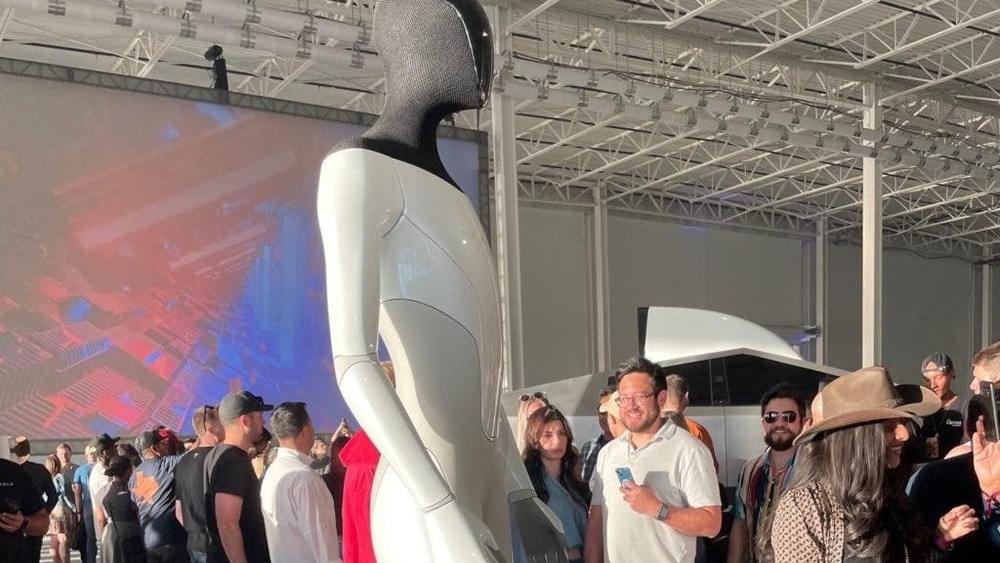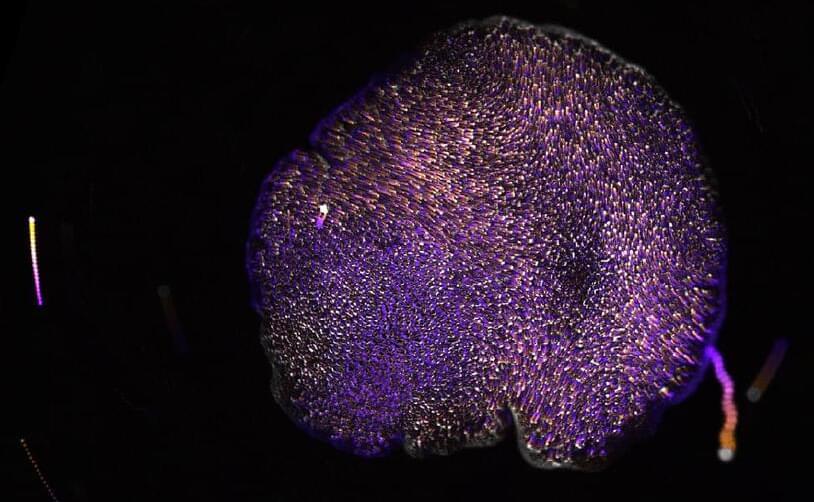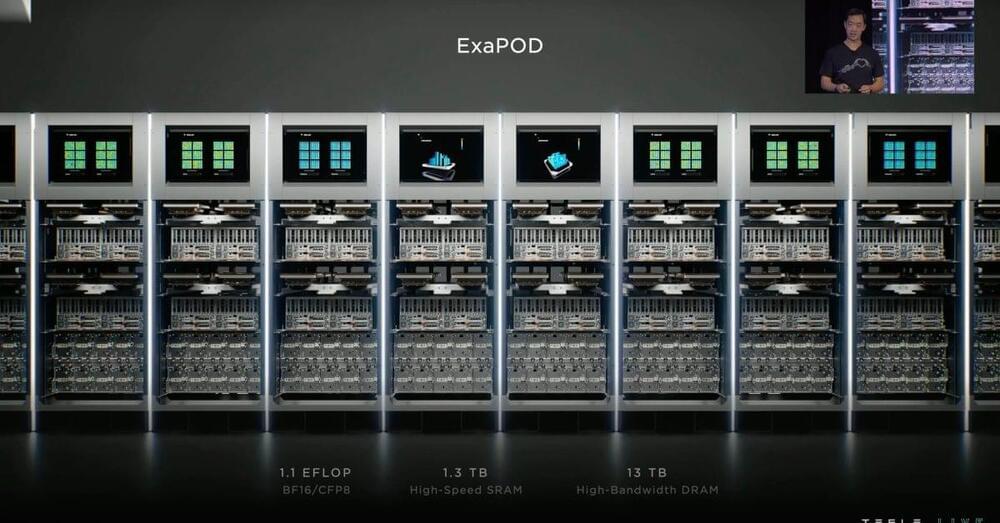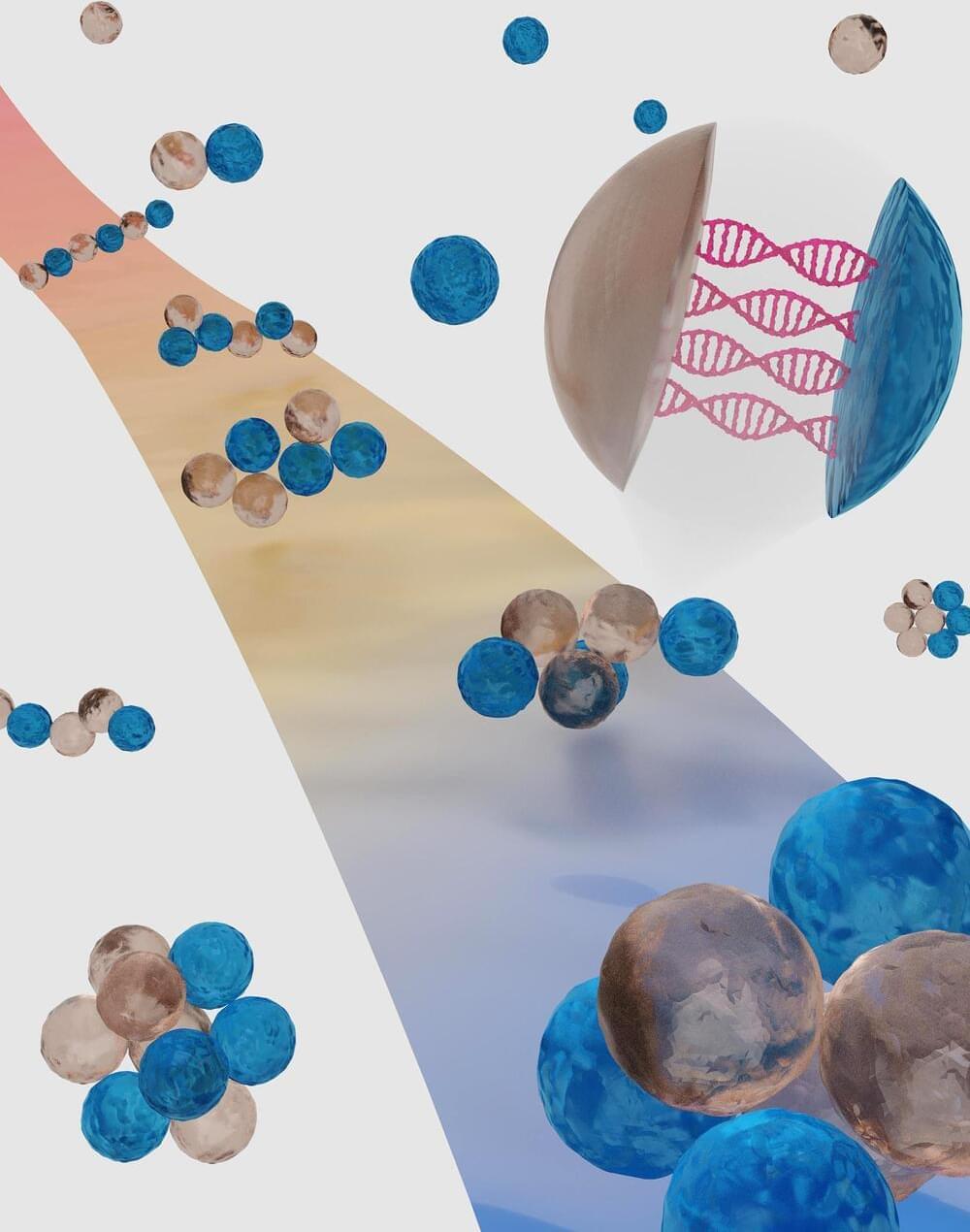The big surprise at the initial Tesla AI Day in 2021 was Tesla’s plan for an actual human-like, or “humanoid,” robot. (Though, our own Chanan Bos did predict that type of product.) Some basic details were presented, and a human in a robot costume danced around a bit.
While Tesla’s Full Self Driving (FSD) has been slow to reach a convincing level of autonomy, I think the potential for Tesla to capitalize on the AI it is developing in the form of a humanoid robot is tremendous.









